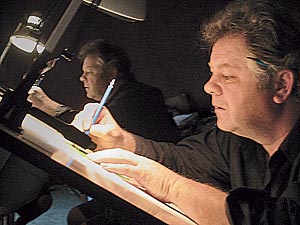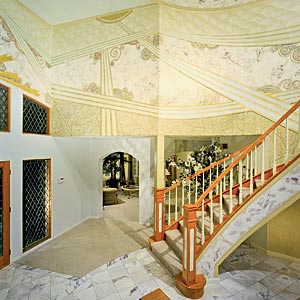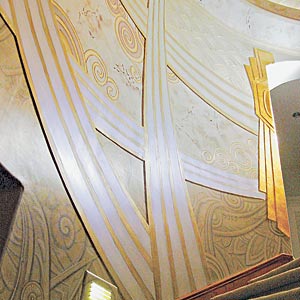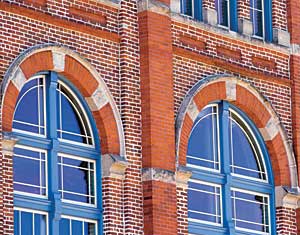Our roundup includes techniques and products for preserving, renovating, and restoring. For the latest trends and products, visit the Traditional Building show, held in New Orleans from October 17 to 20.
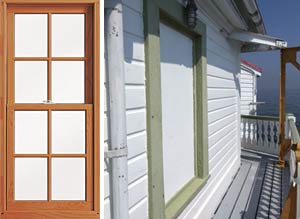
|
Helping to keep the light on
|
